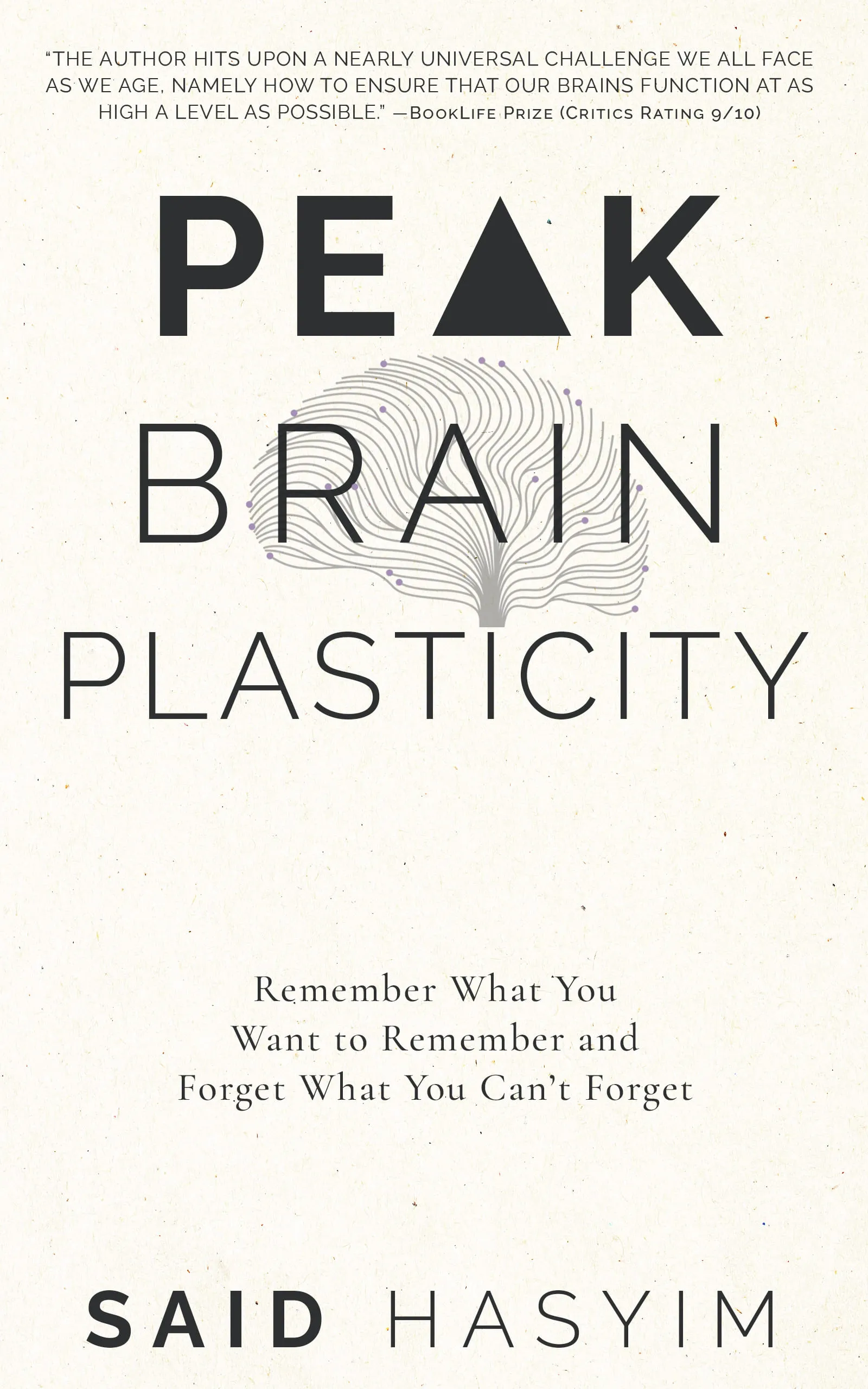How to Create Effective Reminders that Work
In our fast-paced world, staying on top of tasks and commitments can often feel overwhelming. Whether it's remembering to pay a bill, attend a meeting, or pick up groceries, effective reminders play a crucial role in helping us manage our time and responsibilities. In this blog post, we will explore various strategies to create reminders that truly work, empowering you to lead a more organized and stress-free life.
Understanding the Importance of Reminders
Reminders serve as cues to help us recall important tasks and commitments. Not only do they assist in time management, but they also reduce the cognitive load and anxiety associated with forgetting important tasks. Understanding the psychological underpinnings of reminders can help us craft more impactful ones.
The Psychological Aspect of Reminders
- Memory Triggers: Reminders act as triggers for our memory. By associating them with specific tasks, we strengthen our ability to recall crucial information.
- Cognitive Load Reduction: Juggling multiple responsibilities can lead to mental fatigue. Reminders alleviate this burden, allowing us to focus on actions rather than trying to remember every single task.
- Motivation Boost: Visual cues and reminders can motivate us to take action, nudging us to prioritize tasks we might otherwise neglect.
Types of Reminders
Before we delve into how to create effective reminders, it’s essential to understand the different types that exist in our daily lives:
- Digital Reminders: These can be set using apps, calendars, or reminder tools on your devices. They can be visual or auditory and often allow for customization.
- Physical Reminders: Sticky notes, planners, or whiteboards serve as visual cues placed in prominent places.
- Social Reminders: Informing a friend or colleague about a task can create accountability, as they might remind you in case you forget.
- Environmental Cues: Associating certain locations or times with specific tasks can act as a reminder. For example, placing your gym clothes next to your bed serves as a prompt to exercise in the morning.
Strategies for Creating Effective Reminders
1. Be Specific
Vague reminders often fail to evoke the necessary motivation to act. Instead of a reminder that says “Call John,” try something more specific like “Call John at 3 PM about the project update.” Specificity not only clarifies the task but also provides context about why it’s important.
2. Choose the Right Medium
Select a reminder method that aligns with your personal habits and preferences:
- Digital Tools: Use apps like Google Calendar, Todoist, or Microsoft To Do for task management. Set notifications that are loud enough so you can’t miss them.
- Physical Tools: If you are someone who thrives on seeing things in front of you, consider using a planner or sticky notes placed in strategic locations.
- Vocal Reminders: If you're auditory, consider using voice recordings or asking virtual assistants like Siri or Alexa to remind you of tasks.
3. Utilize Time-Blocking Techniques
Time-blocking is the practice of scheduling specific blocks of time for different tasks. When you set a dedicated time for a task, you can create reminders based on that scheduled block. This approach increases accountability and makes time management more effective.
4. Set Regular Intervals
For recurring tasks, set reminders at regular intervals. For instance, if you need to remember to pay a bill every month, set a reminder a few days before the due date, and another on the day it’s due. This creates a routine and ensures tasks don’t fall through the cracks.
5. Incorporate Visual Elements
Utilize colors, images, and symbols in your reminders to make them more engaging. For instance, you might use a red note for urgent tasks or images that represent the activity, which can evoke stronger emotional responses.
6. Pair Reminders with Existing Habits
Take advantage of habit stacking. When you create a new reminder, tie it to an existing behavior. For example, if you want to remember to take vitamins every morning, place them next to your breakfast items. This association increases the likelihood of remembering.
7. Maintain Consistency
Establish a routine for your reminders. The more consistent your approach to setting reminders is, the easier it will be to remember to look for them. For example, check your reminders every morning while having your coffee, and plan your day accordingly.
8. Review and Adjust Regularly
Periodically review the effectiveness of your reminders. Are they working for you? Do you often dismiss them? Make adjustments based on what does or doesn’t resonate with you. This regular assessment helps optimize your reminder system.
Bonus Tips for Staying Organized
- Establish Priorities: Prioritize your reminders based on urgency and importance. Use a system such as the Eisenhower Box to categorize tasks effectively.
- Limit the Number of Reminders: Too many reminders can lead to desensitization or forgetfulness. Focus on the essential tasks that truly require your attention.
- Use Reminders as Motivation: Instead of viewing reminders purely as tasks, reframe them as opportunities. For example, “Go to the gym” can be seen as a chance for a healthier lifestyle rather than an obligation.
Conclusion
Creating effective reminders is an invaluable skill that can significantly enhance your productivity and mental clarity. By understanding the psychology behind reminders, choosing the right mediums, and employing specific strategies, you can transform the way you manage tasks in your life. Remember that, like any habit, it takes time to find what works best for you. Don’t hesitate to experiment with different methods until you discover a system that keeps you organized and on track. Happy reminding!
Harness the Power of Neuroplasticity
Discover Peak Brain Plasticity, a practical book to harnessing neuroplasticity. Enhance your memory, learn new languages quickly, and alleviate anxiety with effective study methods. Uncover daily habits that impact cognitive health and explore techniques for accelerated learning and memory retention. Unlock your brain's potential for growth and transformation.
